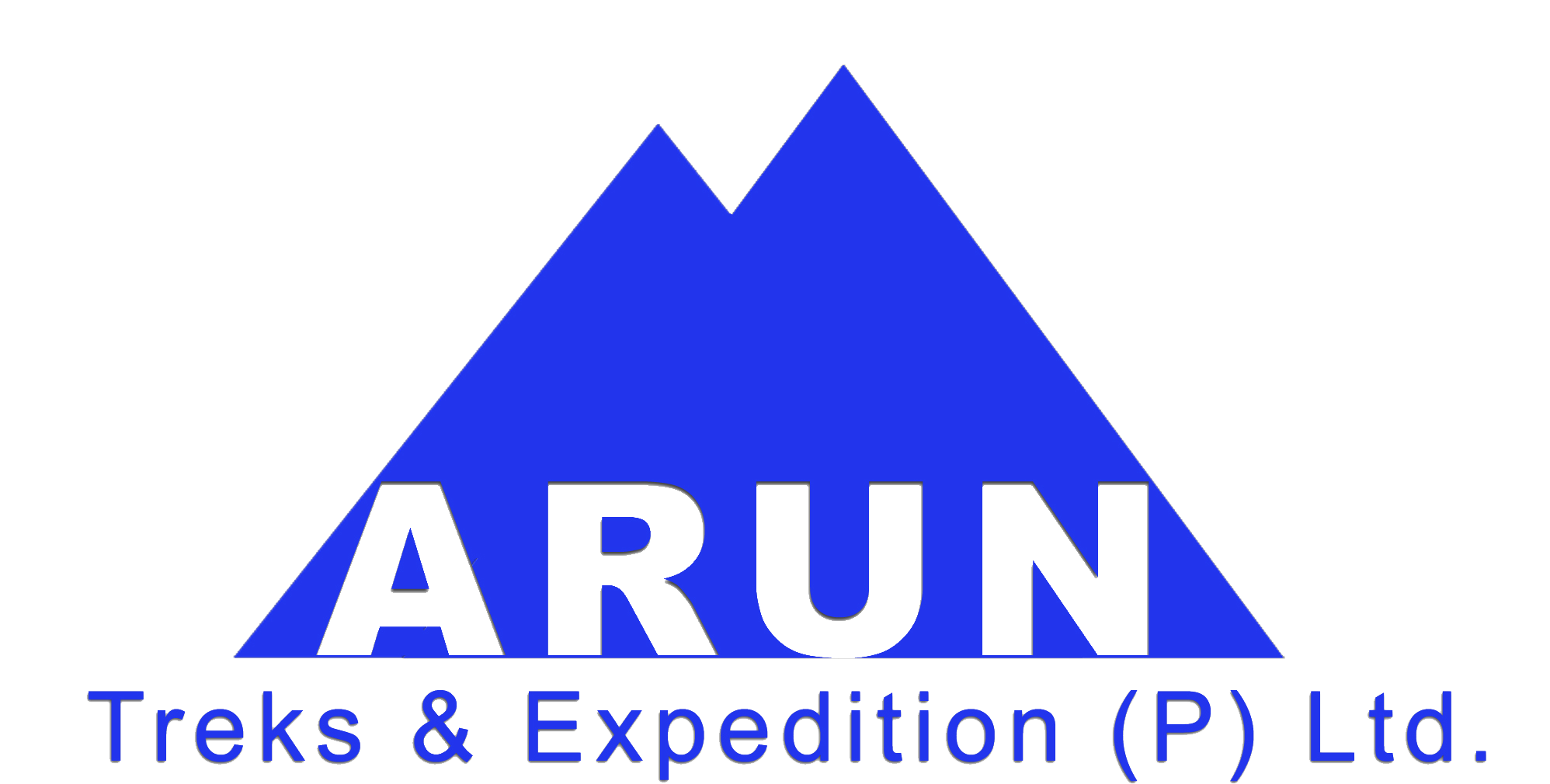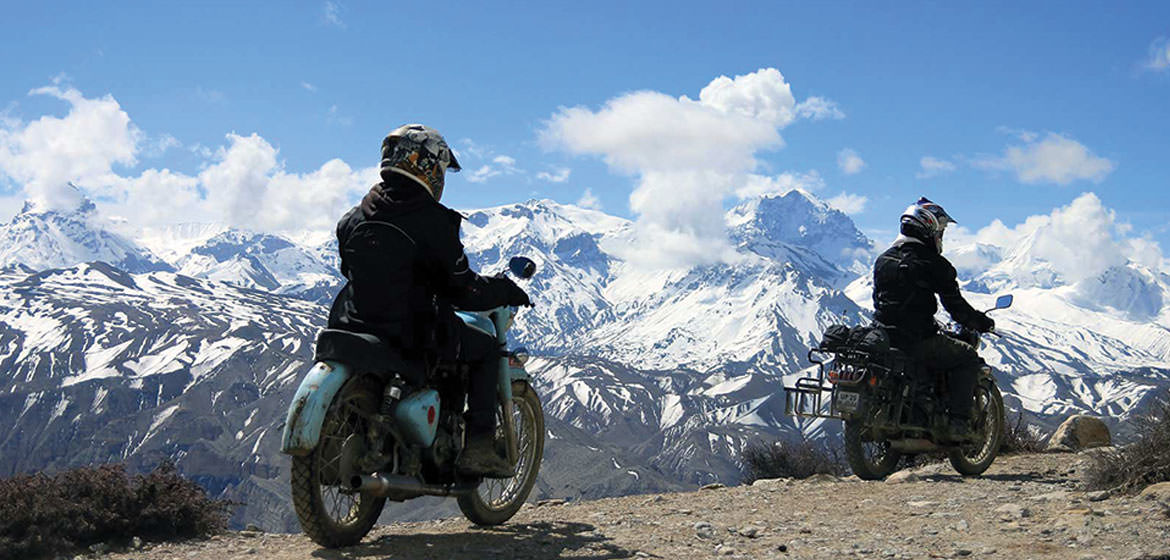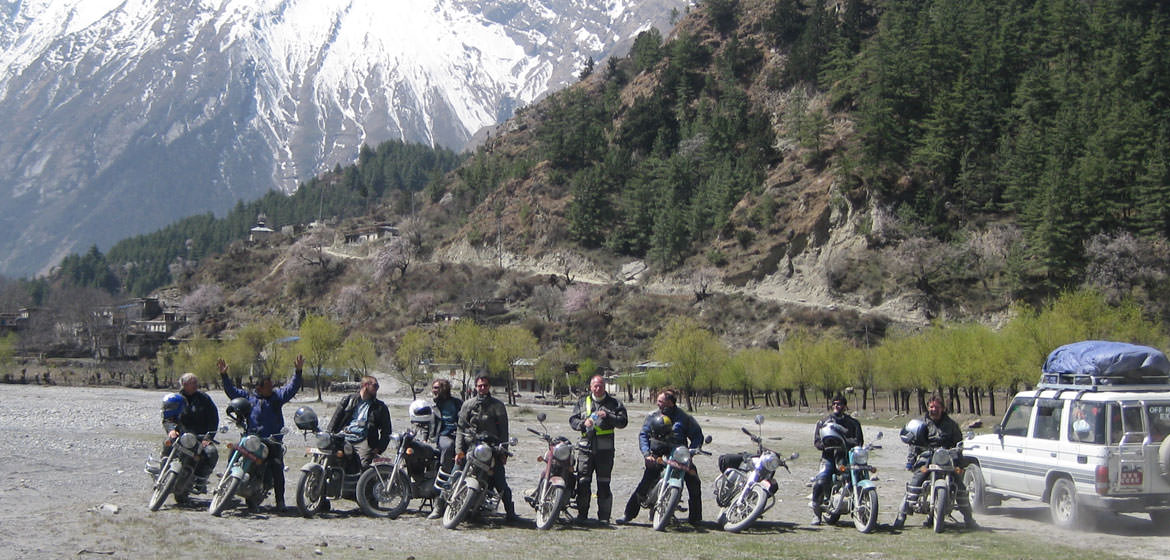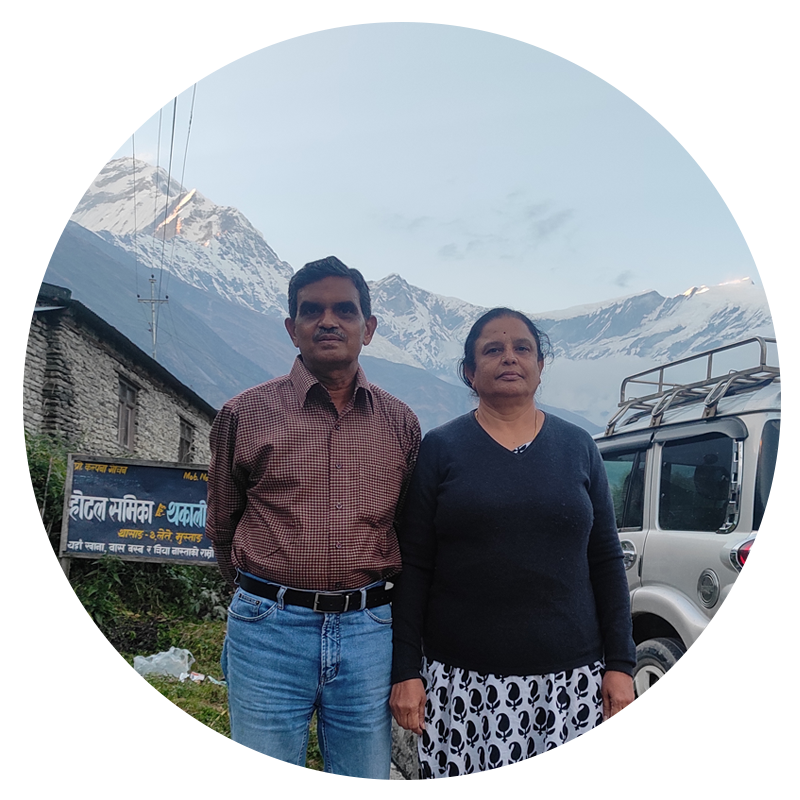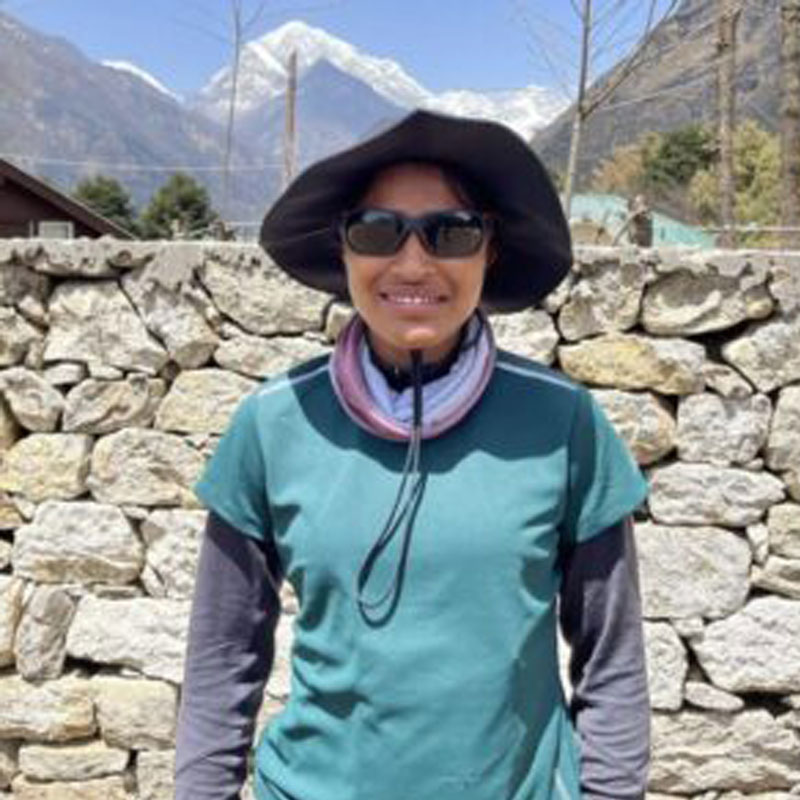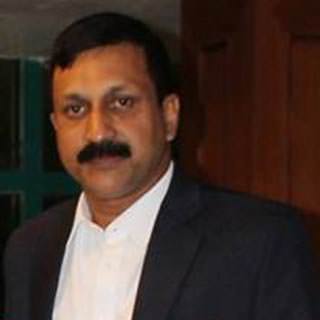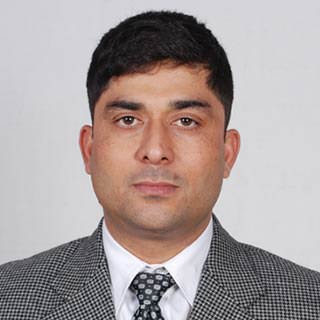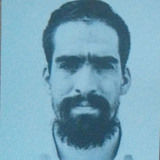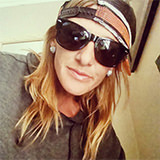



| Trip Code | - | ATE-MUSTANG |
| Altitude | - | 3,500m max |
| Grade | - |  |
| Activities | - | 7000M Expeditions (Tibet) |
| Trip Duration | - | 14 |
| Trip Best Season | - | as per requirement |
| Group Size | - |
 as per request as per request |
| Start/End at | - | Kathmandu/ Kathmandu |
| Destination | - | Nepal |
| Departure Date | - | N/A |
| Cost | - | N/A |
| Hotel Info | - | N/A |
Arun Trek's trip web pages, and pdf info packs have lots of info about each specific adventure (search for your adventure here). You may also like to look at our photo galleries or videos for a taste of adventure, or download a wallpaper to inspire you at your computer. This page has answers to some more general Frequently Asked Questions (FAQS) about climbing.
As all of our mountain climbing adventures begin with a trek, you might also like to look at the Trekking FAQs.
If you have other questions, please ask our friendly team, by email, phone, and skype.
Q) Can I really climb a mountain? Do I need to have climbing experience? How can I climb Mount Everest? Can I climb the seven summits?
A) The level of experience and skills required depends on your particular goal (search for your adventure here). We suggest that people undertaking a first climb should have had at least overnight trekking experience. For those who wish to take on a technically difficult, remote or extreme altitude mountain we'd expect participants to have appropriate experience and skills. Some ideas for preparing for climbing goals are given at the bottom of this page.
Q) Why go on a guided expedition?
A) There are many reasons that might make a guided expedition attractive even for experienced climbers. These include someone else taking care of all those details (including thing as diverse as booking and confirming hotels, checking the number of evening snacks, ensuring reliable support, transport, permits, visas, team members, gear, etc etc etc etc). This saves your time and energy for the part that really matters - working on achieving your goal. The high levels of support and experience aim to give you the best possible opportunity to succeed, a high level of risk management, and the Arun leaders and staff are there for YOU!
Q) What type of people comes along?
A) Climbing expeditions usually attract people in their twenties to fifties. Participants tend to be seeking a good quality, safe, well supported, good value and enjoyable adventure rather than the lowest cost.
Q) How fit do I need to be? Will I have to carry a lot of weight? Should I be able to do 100 chin ups?
A) The fitter you are, the more fun you (and your companions) will have. You will find guidance on preparing for your expedition on each adventure's web page (search here), our info packs and trip dossiers. A minimum level of fitness would have you being able to walk all day on uneven, hilly ground, carrying your day pack, and be able to get up again the next day. Many climbs will require a higher level of fitness and strength so you can carry heavy gear to high camps and really exert yourself on summit day.
Q) What gear is provided?
A) Included are individual sleeping tents for the trekking phase of most climbing expeditions, with dining and kitchen tents. On the mountain participants share serious, proven mountain tents. Climbing teams are equipped with emergency communications and first aid equipment as well as more prosaic things like climbing and cooking gear. There is a detailed gear list for each adventure which outlines what we provide as well as what you should bring. (Search here for specific adventures and download the info pack.)
Q) What's the food like?
A) Food arrangements are specific to each adventure, but you get three meals a day while on the track. In cities included is breakfast and, depending on the trip and the nature of the activities may also cater for lunch and dinner for the group. In the Himalayas the kitchen staffs have been training for years and work magic over gas or kero stoves in their kitchen tent.
While trekking the cooks prepare a varied menu of wholesome, tasty and plentiful food using fresh ingredients where possible. A trekking breakfast in the Himalayas usually includes cooked foods e.g. eggs, tomatoes, cereal or porridge, toast & spreads and fruit and a selection of hot drinks.
Lunch is often soup and a packed lunch, or a cooked lunch. Dinners are generally soup, a main meal (one of many Asian or European style dishes) veges, and a dessert (fruit to custard to baked apple pie!) Drinking water: will be provided at camps (collected with care, filtered, treated with chemicals and/or boiled), and at lunch time where possible. It is wise to carry a small amount of purifying chemicals (e.g. Iodine or chlorine) with you, in case you happen to need water at an odd time. In the developing world care should be taken to avoid untreated water and potentially contaminated foods like uncooked salads and some fruit. Bottled water is available in cities, but of course you can treat tap water in your own bottle too.
On the hill we eat easy to prepare food, often prepared by the team with assistance from guides and staff: freeze-dried foods, crackers, soups, snacks etc. On big mountains it is often a challenge to eat, so we provide foods to tempt your appetite and give you sustenance.
Q) Who will be responsible for my safety?
A) The short answer - you! All participants are expected to behave in a responsible manner, taking due care of themselves and others. Your expedition leader is responsible for the group including participants and staff. He or she will advise, manage and assist everyone, sometimes with the support of an expedition first aider or doctor, and will be assisted by guides, sherpas, and you and your climbing colleagues, all of whom will have roles to play.
Q) What if I get sick or have an accident?
A) Despite the best precautions, people do sometimes fall ill, sprain something or develop symptoms of AMS. Our expedition leaders will manage your care keeping in mind what's best for you and the rest of the group. Precautions include first aid qualifications and kits, emergency communications, evacuation plans, your travel insurance cover and our pre-preparation and medical advisors.
Q) What about altitude sickness?
A) AMS Acute Mountain Sickness (or altitude sickness) is the body reacting to the stress of high altitude. It is a concern for trekkers in the Himalayas and elsewhere above about approximately; say (is that enough vagueness!) 3,000m. Exposure to high altitude can lead to a number of 'normal' physiological reactions as well as mild to extremely serious illness and even death. The treks are designed with relatively slow acclimatisation schedules, rest days and alternative options. And there are medications and a number of management strategies in place should they be required. Don't be unduly concerned, but please talk to us if you have questions.
Q) I don't have much time, can't we do it quicker?
A) The adventures are designed around what we feel is the optimum itinerary, which incorporates adequate time for the suitably fit participant to do the climb comfortably; flexibility for weather, illness, unforeseen delays; time to enjoy the experience, your climbing colleagues and staff; learn about your surroundings if you wish; and, for altitude adventures, a fairly slow acclimatisation regime to minimise the risk of altitude sickness and maximise your chance of reaching your goals. All while also trying to minimise your time away from home. We would generally not recommend shorter itineraries (such as those used by less scrupulous operators) unless you were genuinely prepared to turn back if you (or your travel companion) becomes affected by AMS. If you really don't have the time available, we can perhaps suggest an alternative itinerary or goal that will work for you.
Q) My friend would like to visit, but isn't really interested in climbing...
A) Your friend, spouse, family, colleagues may like to join you on the trekking phases of the expedition, and could stay in Base Camp or Advanced Base Camp, depending on the trip, when you are on the hill. If they want to accompany you to our base city (e.g. Kathmandu) we can easily arrange extra accommodation, and places on our day tours, but we may also be able to arrange a series of day trips, a short relaxing trip into the country-side, scenic flights above the Himalayas, wildlife safaris and so on. Ask us for ideas, or suggest your own.




